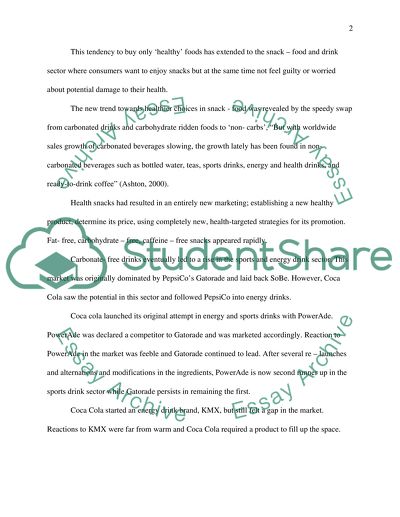Cite this document
(Sport and Energy Drinks Case Study Example | Topics and Well Written Essays - 1500 words, n.d.)
Sport and Energy Drinks Case Study Example | Topics and Well Written Essays - 1500 words. Retrieved from https://studentshare.org/marketing/1518038-marketing-research-and-information-needs
Sport and Energy Drinks Case Study Example | Topics and Well Written Essays - 1500 words. Retrieved from https://studentshare.org/marketing/1518038-marketing-research-and-information-needs
(Sport and Energy Drinks Case Study Example | Topics and Well Written Essays - 1500 Words)
Sport and Energy Drinks Case Study Example | Topics and Well Written Essays - 1500 Words. https://studentshare.org/marketing/1518038-marketing-research-and-information-needs.
Sport and Energy Drinks Case Study Example | Topics and Well Written Essays - 1500 Words. https://studentshare.org/marketing/1518038-marketing-research-and-information-needs.
“Sport and Energy Drinks Case Study Example | Topics and Well Written Essays - 1500 Words”, n.d. https://studentshare.org/marketing/1518038-marketing-research-and-information-needs.


